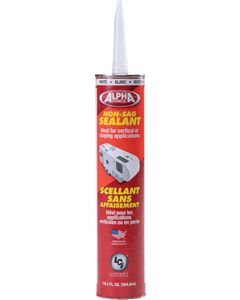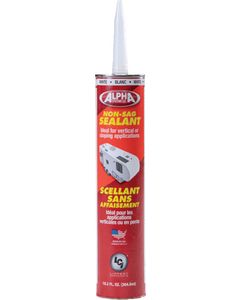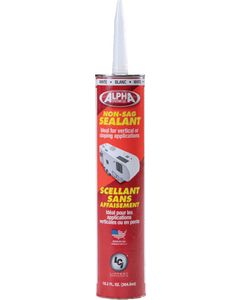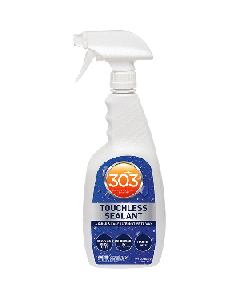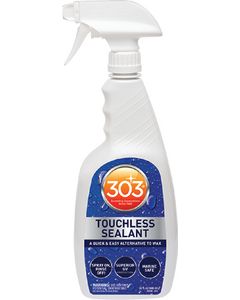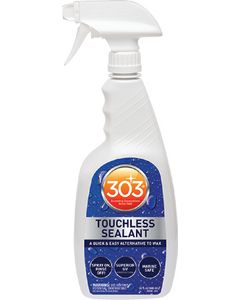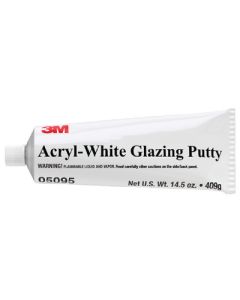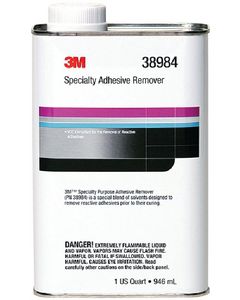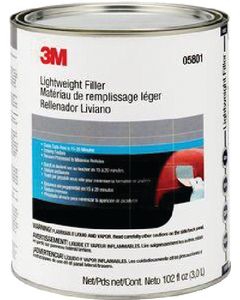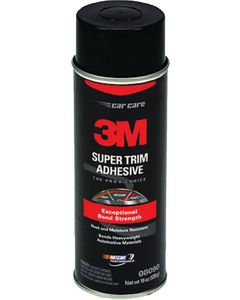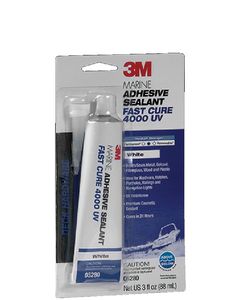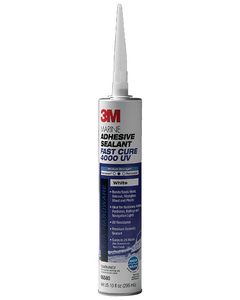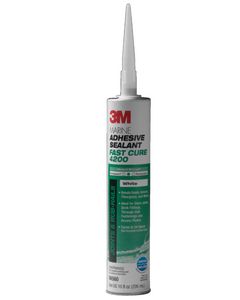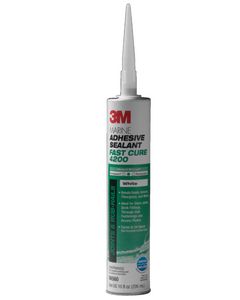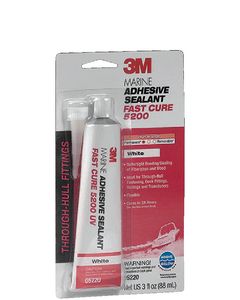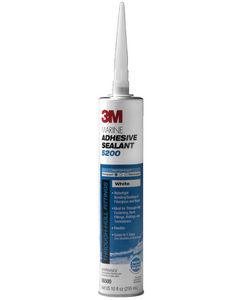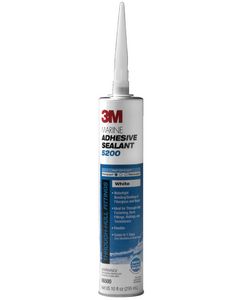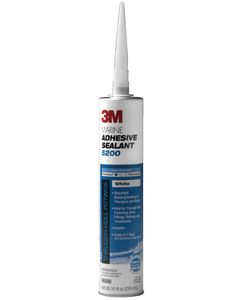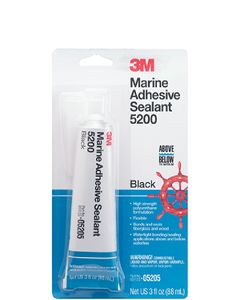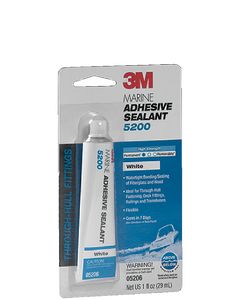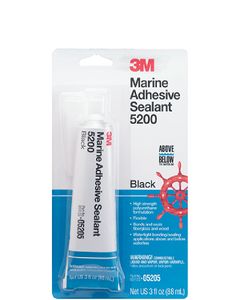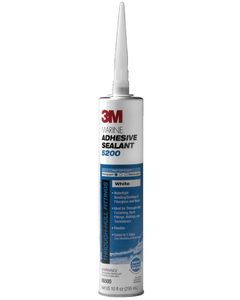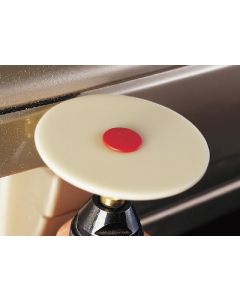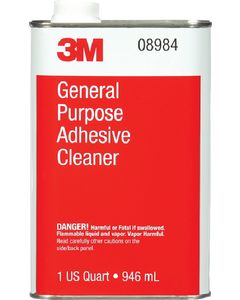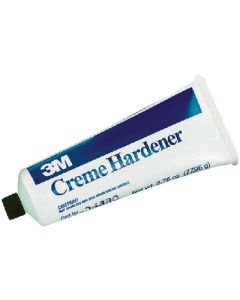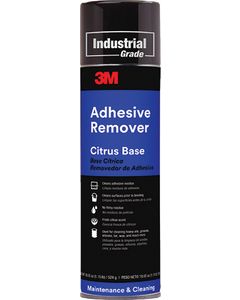Adhesives - Sealants - Caulk
PURCHASING A MARINE SEALANT
There are many kinds of marine sealants in marine stores. Knowing which one to buy is not as difficult as you might think. When buying a marine sealant, it is very important to know what is that you want to seal. It is essential to identify the materials you want to seal and also the probability of wanting to separate these parts in the future. If the components are not made of plastic and you think you may want to separate them in the future, then your best choice is polysulfide. Polysulfide is a very versatile marine sealant and it can be used for almost anything. It is a synthetic rubber with excellent adhesive characteristics.
When it is used as a bedding compound this sealant permits movements that are related to stress and temperature change, maintaining the integrity of the seal by keeping a firm hold of both surfaces. It is also a very good caulking compound because you can sand it and paint it.
Many professionals recommend not using polysulfide sealant with plastic because the solvents can make plastic harden and split, therefore, when sealing plastic, it is better to use an alternative sealant.
A polysulfide sealant holds very well to teak. It is important to apply a special preparatory coat so that the sealant adheres better. This kind of sealant is not affected by harsh teak cleaners. This sealant is sometimes sold under the trade name “Thiokol”. It can be sanded and painted after it cures, which can take 14-21 days. It can be used below the waterline and is good for thru-hull fittings and fixing deck hardware. It is very important to be very organized and clean when applying polysulfide, because this sealant can get on everything.
If you want to join two parts permanently, then your best choice would be polyurethane. Polyurethane is an adhesive more than a sealant. If you use polyurethane to attach components, they will be bonded permanently.
Many professionals recommend not using polyurethane on raw teak, since some teak cleaners can soften it. Like polysulfide, polyurethane should not be used in plastics like acrylic, polycarbonate, PVC, or ABS. Polyurethane may take up to a week to cure. Many boaters recommend silicone for bedding plastic parts and when insulation is needed. Sometimes silicone is not considered a sealant because it only adheres components temporarily. Silicone is safe to use with plastic components and it is also a very good insulator between different metals. Silicone is an excellent gasket material between components that have to be dismantled frequently.
Silicone can be resilient for decades and it is not damaged by most chemicals, however is should never be used below the waterline. Although silicone is very elastic, its lack of adhesion means any expansion of the space between the frames is likely to cause the seal to fail. Never use silicone on a surface that needs to be painted because silicone repels paint. A sealant like silicone fully cures in less than a day. If you need a sealant to seal plastic components, it is better to use silicone/polyurethane hybrid. Polysulfide and polyurethane would both give a more dependable seal, but polysulfide will attack the plastic, and polyurethane will not allow any future disassembly. Under these circumstances it is a good idea to choose a hybrid sealant (part silicone and part polyurethane).
If the seal is above the waterline and it is plastic, then it is a good idea to use a silicone/ polyurethane hybrid. If the seal is below the waterline and plastic, it is very important to be completely sure that the plastic material is either epoxy, nylon (Marelon), or polyacetal (Delrin). In this case is polysulfide or polyurethane can be used. If a permanent seal is needed above or below the waterline, then many professionals recommend using polyurethane. If the seal is anywhere else, then it is a good idea to use a sealant like polysulfide.
There are many kinds of marine sealants in marine stores. Knowing which one to buy is not as difficult as you might think. When buying a marine sealant, it is very important to know what is that you want to seal. It is essential to identify the materials you want to seal and also the probability of wanting to separate these parts in the future. If the components are not made of plastic and you think you may want to separate them in the future, then your best choice is polysulfide. Polysulfide is a very versatile marine sealant and it can be used for almost anything. It is a synthetic rubber with excellent adhesive characteristics.
When it is used as a bedding compound this sealant permits movements that are related to stress and temperature change, maintaining the integrity of the seal by keeping a firm hold of both surfaces. It is also a very good caulking compound because you can sand it and paint it.
Many professionals recommend not using polysulfide sealant with plastic because the solvents can make plastic harden and split, therefore, when sealing plastic, it is better to use an alternative sealant.
A polysulfide sealant holds very well to teak. It is important to apply a special preparatory coat so that the sealant adheres better. This kind of sealant is not affected by harsh teak cleaners. This sealant is sometimes sold under the trade name “Thiokol”. It can be sanded and painted after it cures, which can take 14-21 days. It can be used below the waterline and is good for thru-hull fittings and fixing deck hardware. It is very important to be very organized and clean when applying polysulfide, because this sealant can get on everything.
If you want to join two parts permanently, then your best choice would be polyurethane. Polyurethane is an adhesive more than a sealant. If you use polyurethane to attach components, they will be bonded permanently.
Many professionals recommend not using polyurethane on raw teak, since some teak cleaners can soften it. Like polysulfide, polyurethane should not be used in plastics like acrylic, polycarbonate, PVC, or ABS. Polyurethane may take up to a week to cure. Many boaters recommend silicone for bedding plastic parts and when insulation is needed. Sometimes silicone is not considered a sealant because it only adheres components temporarily. Silicone is safe to use with plastic components and it is also a very good insulator between different metals. Silicone is an excellent gasket material between components that have to be dismantled frequently.
Silicone can be resilient for decades and it is not damaged by most chemicals, however is should never be used below the waterline. Although silicone is very elastic, its lack of adhesion means any expansion of the space between the frames is likely to cause the seal to fail. Never use silicone on a surface that needs to be painted because silicone repels paint. A sealant like silicone fully cures in less than a day. If you need a sealant to seal plastic components, it is better to use silicone/polyurethane hybrid. Polysulfide and polyurethane would both give a more dependable seal, but polysulfide will attack the plastic, and polyurethane will not allow any future disassembly. Under these circumstances it is a good idea to choose a hybrid sealant (part silicone and part polyurethane).
If the seal is above the waterline and it is plastic, then it is a good idea to use a silicone/ polyurethane hybrid. If the seal is below the waterline and plastic, it is very important to be completely sure that the plastic material is either epoxy, nylon (Marelon), or polyacetal (Delrin). In this case is polysulfide or polyurethane can be used. If a permanent seal is needed above or below the waterline, then many professionals recommend using polyurethane. If the seal is anywhere else, then it is a good idea to use a sealant like polysulfide.

